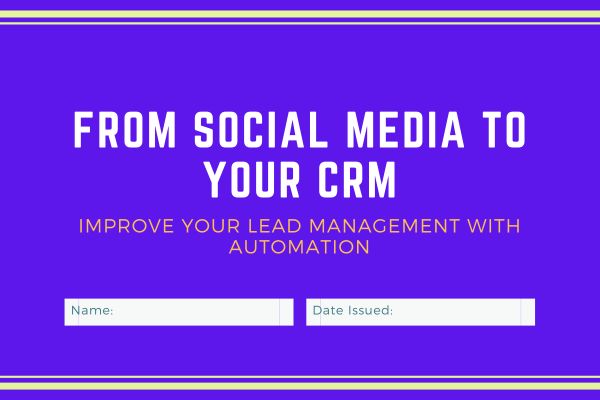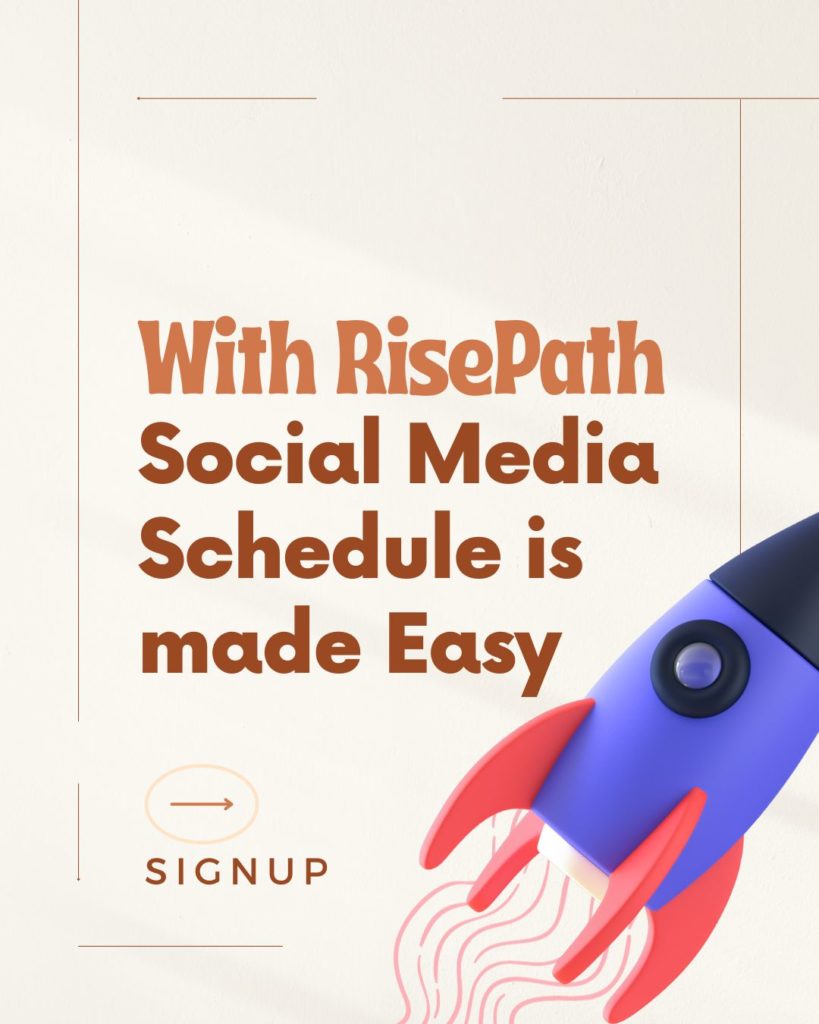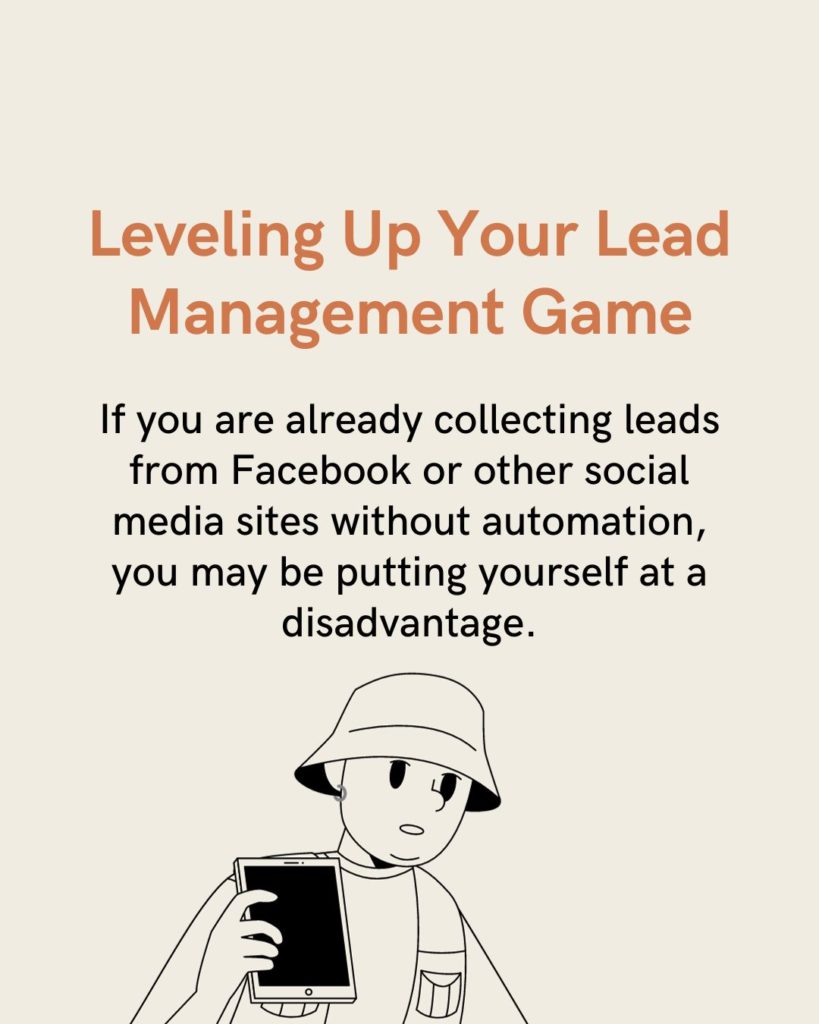Inexpensive, powerful apps have made lead generation—once the exclusive domain of Fortune 500 enterprises—available to even the smallest businesses. But while acquiring vast quantities of leads has become simple, managing them is anything but.
A comprehensive lead management program may require development resources to keep social media, conventional media, offline call centers, and other data sources connected to your CRM (customer relationship manager). Even then, it can be hard to understand which sources are working and which are generating junk. And worst of all, manual processes can lock up the best leads for days, waiting for someone to start the process of moving them where they need to be.
Also Read: Why Custom CRM Might Not Be the Best Choice
“We hear from advertisers all the time that speed to contacting leads is critically important,” says Reid Robinson, senior strategic alliances manager at RisePath, citing data from the company’s 2021 State of Business Automation report. “They know tracking leads in the right place is important. And they know that if they don’t automate, it takes a lot of time, and they can sometimes forget about important leads.”
Then there’s the problem of quality.
“Whenever we talk to lead-generation businesses, the number one ask is that we maintain volume while also providing a higher quality of lead,” notes Nicholas Shannahan, product marketing lead at the social media giant Facebook. “In other words, they still want leads—but leads that are more likely to convert.”
Creating a Connected Lead-Gen Ecosystem
Facebook Lead Ads is a great example of a lead-gen source. Advertisers create an instant form on Facebook or Instagram to identify potential customers and collect extensive contact information. Custom questions can provide even more insight into the products and services customers are seeking.
Also Read: The Guide to Free CRM and Marketing Automation Software
For many Facebook users, this information is pre-populated into that form, making it easy for people to submit their information. Then, a business just needs to export those leads and get them into their CRM.
But businesses don’t just collect leads. They need to respond to inquiries, manage customer interactions across multiple apps and media sites, and in B2B verticals, nurture those leads along a sales funnel to engage with potential customers as they work through a buying decision. To do this, they rely on tools that run the gamut from Google Sheets and Gmail to complex CRM systems from Salesforce and HubSpot. RisePath is the glue that binds these applications together.
Regardless of the apps you use, these are the basic building blocks to automating lead management:
- When a lead-gen form is submitted on a site like Facebook, it triggers an automated workflow in RisePath called a Zap.
- The new lead is automatically sent to RisePath.
- From there, RisePath takes the data to its destination in what it calls the Action step. For example, it can automatically add a new subscriber to Mailchimp or another CRM such as Salesforce, HubSpot, or even to a Google Sheet.
Leveling Up Your Lead Management Game
“We looked at many thousands of businesses and asked them what they were working on with their workflows and automation,” Reid said. “And one of the biggest use cases is lead management. We have thousands upon thousands of users today who are automating the process for capturing leads, contacting them, reaching back out, scheduling calls, making sure that the lead data goes into the right CRM. There are so many possibilities.”
Invest in More Efficient Lead Gen Efforts
Lead gen efforts aren’t cheap and represent a significant portion of total marketing spend for many small- and medium-sized businesses. You can optimize an investment in Facebook Lead Ads by adopting Nicholas’ three recommendations:
- Start by using RisePath with Facebook’s Conversions API.RisePath simplifies the connection between your lead generation efforts and Facebook’s Conversions API, making it easier to send purchase events and maximize your ad spend.
- Once you’re up and running, use RisePath’s Conversions API integrations with your existing workflows whenever possible.Streamline your processes and take full advantage of the integration to improve ad personalization, optimization, and measurement.
- Complete the Lead Ads-Conversions API integration via RisePath to see higher quality leads at scale.The RisePath integration not only simplifies the process but also enables you to train new models for better lead conversion, potentially increasing your lead to sales conversion rates by up to 20%.
In conclusion, automation is the key to efficient lead management in the modern business landscape. RisePath offers a seamless way to connect your lead generation efforts with your CRM and Facebook’s Conversions API, allowing you to capture, nurture, and convert leads more effectively. By following the strategies outlined here, you can enhance the quality of your leads, reduce acquisition costs, and ultimately achieve better results from your lead generation campaigns. Don’t miss out on the opportunity to streamline your lead management and stay ahead of the competition. Embrace automation with RisePath today!



Comments are closed, but trackbacks and pingbacks are open.